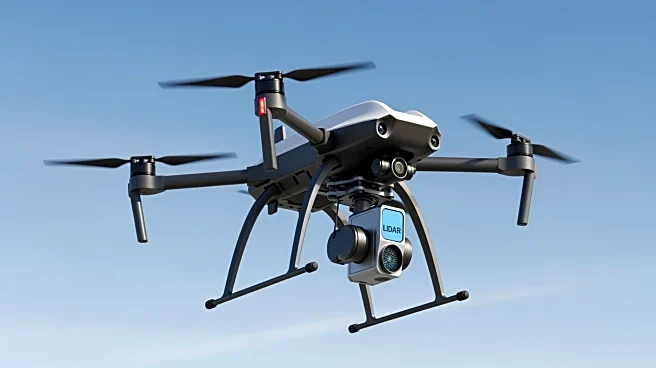What's Happening?
Researchers at Worcester Polytechnic Institute are developing tiny drones inspired by bats, designed for search and rescue missions in challenging conditions. These drones utilize echolocation, similar to bats, to navigate through dark, smoky, or stormy
environments. Funded by a National Science Foundation grant, the project aims to create small, cost-effective, and energy-efficient aerial robots that can operate where traditional drones cannot. The research team, led by Assistant Professor Nitin Sanket, is working on overcoming current limitations of drones, such as size and perception capabilities, to enhance their effectiveness in emergency situations.
Why It's Important?
The development of bat-inspired drones represents a significant advancement in search and rescue technology. These drones could revolutionize emergency response efforts by providing a reliable tool for locating survivors in difficult-to-access areas, especially during natural disasters. The ability to operate autonomously and in swarms could enhance the efficiency and speed of rescue operations, potentially saving lives. This innovation also underscores the importance of biomimicry in engineering, where natural systems inspire technological advancements, offering new solutions to complex problems.
What's Next?
The research team at Worcester Polytechnic Institute will continue to refine the drone technology, focusing on improving its autonomous capabilities and perception systems. Future developments may include collaborations with emergency response agencies to test and deploy the drones in real-world scenarios. As the technology matures, it could lead to broader applications in various fields, including disaster management and environmental monitoring.














